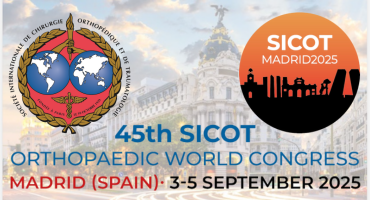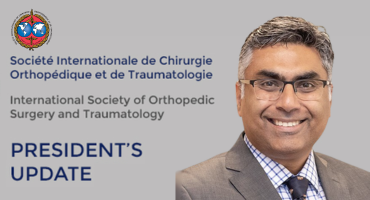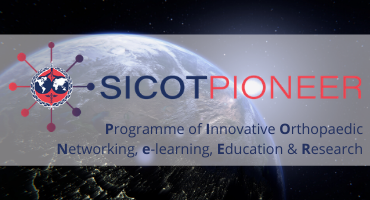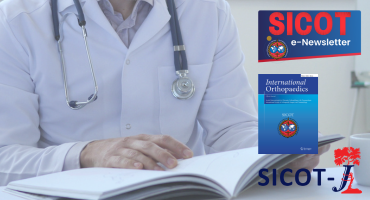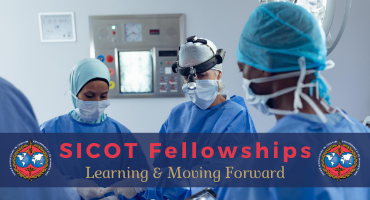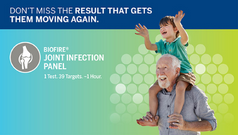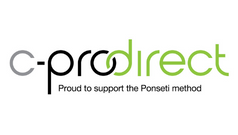A Prospective, Randomized Comparison of Functional Bracing and Spica Casting for Femoral Fractures Showed Equivalent Early Outcomes
J Bone Joint Surg Am. 2025 Jun 26. doi: 10.2106/JBJS.24.01081. Online ahead of print.
ABSTRACT
BACKGROUND: AAOS Clinical Practice Guidelines recommend spica casting for the treatment of most femoral fractures in children 6 months to 5 years of age. The purpose of the present study was to compare the outcomes of treatment with prefabricated braces with those of spica casting.
METHODS: We performed a randomized prospective study of patients 6 months to 5 years of age who were managed with functional bracing or spica casting for the treatment of diaphyseal femoral fractures at 2 pediatric trauma centers. Patients with polytrauma, medical comorbidities impacting fracture-healing, or <6 weeks of follow-up were excluded. Spica casts were placed in the operating room with the patient under anesthesia. Functional braces were placed at bedside.
RESULTS: Eighty patients (40 in the spica casting group and 40 in the functional bracing group) met the inclusion criteria and were analyzed. The mean age was 2.0 years in the casting group and 2.3 years in the bracing group (p = 0.15). Radiographs demonstrated similar shortening (9.0 ± 7.6 mm in the casting group and 6.8 ± 8.2 mm in the bracing group; p = 0.21), varus angulation (9.0º ± 11.9º in the casting group and 5.6º ± 9.4º in the bracing group; p = 0.19), and procurvatum (9.4º ± 12.9º in the casting group and 6.7º ± 8.4º in the bracing group; p = 0.31). At 6 weeks, there were no differences in shortening (13.1 ± 9.4 mm in the casting group and 11.0 ± 10.0 mm in the bracing group; p = 0.35), varus angulation (2.4º ± 7.3º in the casting group and 5.3º ± 6.3º in the bracing group, p = 0.06), or procurvatum (12.3º ± 9.8º in the casting group and 9.1º ± 8.1º in the bracing group; p = 0.11). Fifty-one patients (24 in the casting group and 27 in the bracing group) had 1 year of follow-up. There were no differences between the groups in terms of shortening (4.9 ± 5.4 mm in the casting group and 3.0 ± 6.9 mm in the bracing group; p = 0.23) or varus angulation (1.8º ± 3.5º in the casting group and 1.2º ± 4.1º in the bracing group; p = 0.56), but there was a slight difference in procurvatum (11.7º ± 8.3º in the casting group and 5.1º ± 5.8º in the bracing group; p < 0.01). More superficial skin issues were observed in the bracing group than in the casting group (9 compared with 1; p = 0.02), but all skin issues resolved with local wound care. Patients in the casting group had more difficulty moving independently (median score, 8 of 10 in the casting group and 5 of 10 in the bracing group; p = 0.05). Patients in the bracing group were more likely to fit into their car seat (40% in the casting group versus 86% in the bracing group; p < 0.01).
CONCLUSIONS: In this prospective randomized trial, patients who were treated with functional bracing had equivalent outcomes to those who were treated with spica casting. Prefabricated functional braces provided a viable alternative, avoiding the cost and anesthesia associated with cast placement.
LEVEL OF EVIDENCE: Therapeutic Level I. See Instructions for Authors for a complete description of levels of evidence.
PMID:40570075 | DOI:10.2106/JBJS.24.01081






